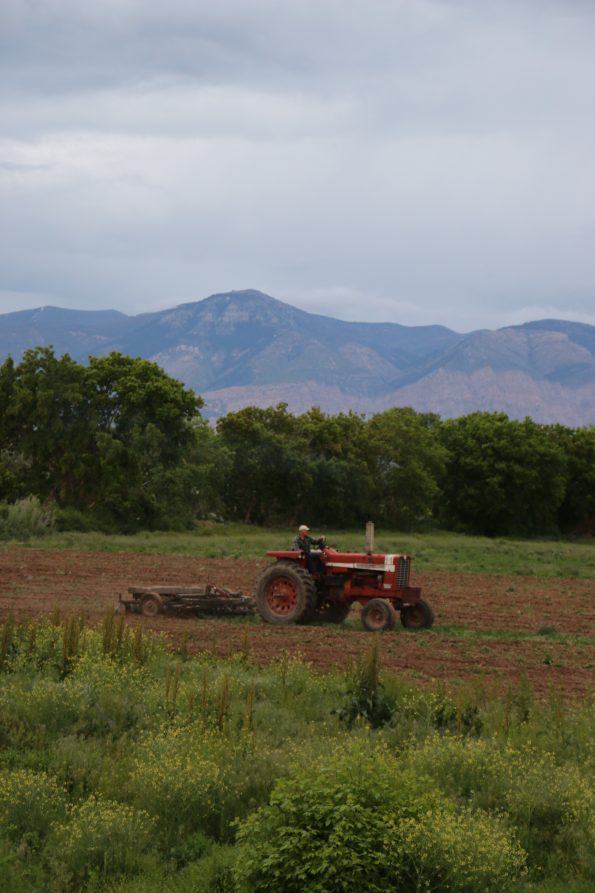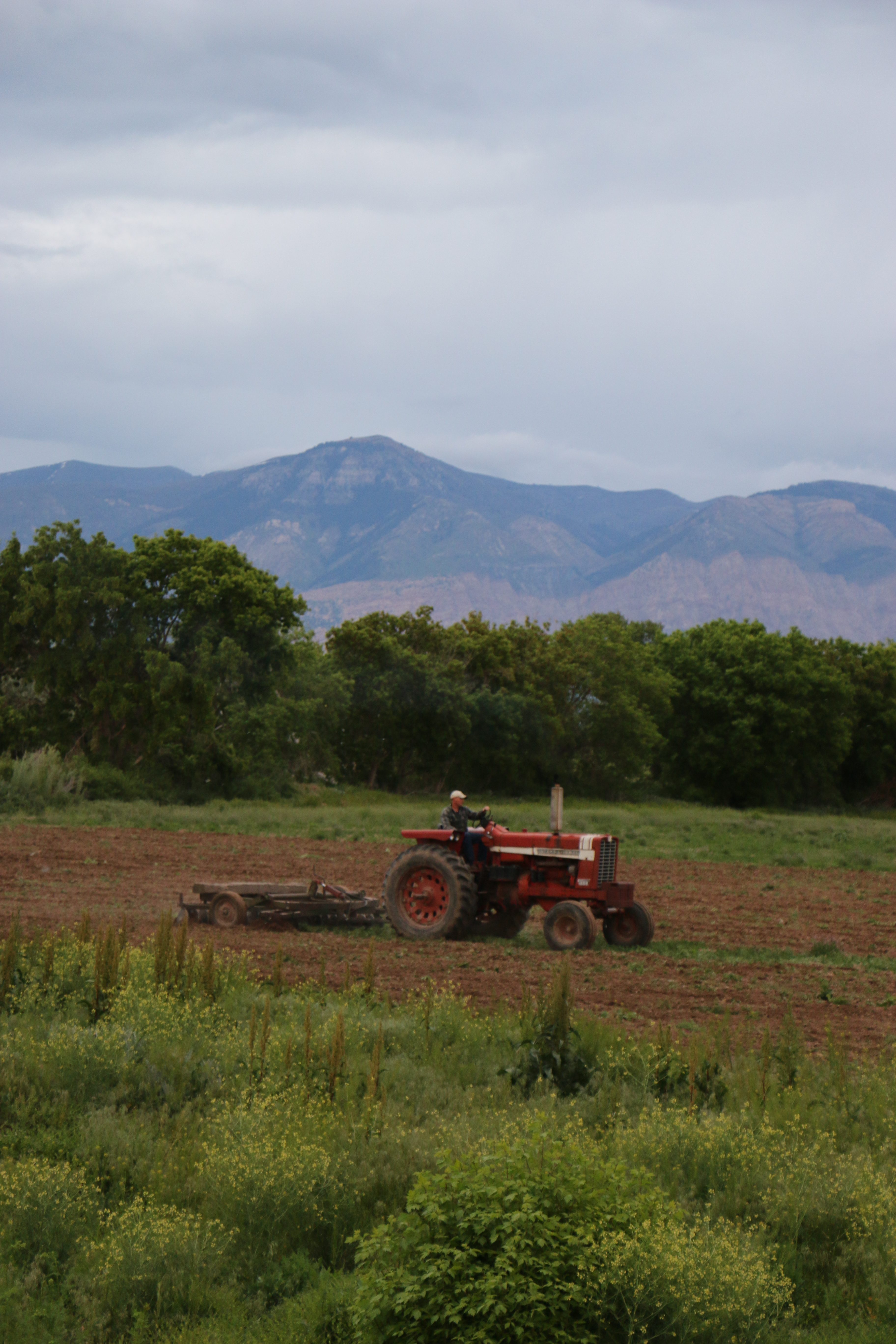 There are some serious problems with modern agriculture. Many of these problems go unnoticed because most Americans have no idea where their food comes from and how it is produced. This will be an ongoing series for Utah Stories on farming and food production.
There are some serious problems with modern agriculture. Many of these problems go unnoticed because most Americans have no idea where their food comes from and how it is produced. This will be an ongoing series for Utah Stories on farming and food production.
Each problem will be addressed in a video episode on UtahStories.com and published to our YouTube channel. We are hoping to have parts of this series aired by local public TV or a local news station. But at the very least we will be promoting these videos all summer long at the downtown farmers market, at our booth and through ads in Utah Stories Magazine.
Problem #1: Suburban Sprawl
The growth of the suburban Wasatch Front is causing more of the best farmland in Utah to be sold to developers, which is causing the percentage of produce grown locally to decline.
While farmland space is in decline the localvore movement continues to gain momentum. Farmers markets are gaining popularity (there are now 40 in Utah) as are CSAs and farm-to-table restaurants. It’s obvious that more residents want to buy local food, but at the same time we are developing over our best farmland in the state.
Is there anything the state can or should do to preserve more farmland? What can consumers and concerned citizens do to preserve farmland and more land designated for agriculture?
Farms we are visiting that address this problem: Tagge Farm (Willard and Perry, Utah), Cook’s Farm and Green House. and Grant’s farm (Vineyard, Utah).
Problem #2: Factory Farms
For the last 80 years farms and farmland has become more centralized and automated. We have seen the rise of industrial agriculture and factory farms, which has significantly reduced the cost of food. But the downside is that animals raised in factory farms sometimes live in deplorable conditions. Chickens raised for egg production have their beaks cut down to prevent self mutilation. Maybe layers spend their lives never leaving their cages. This is because consumers demand bigger, faster and cheaper production. Should we accept that the high cost of low prices be that animals suffer in feedlots and Concentrated Animal Feeding Operations (CAFOS)?
Farms we are visiting that might show this isn’t a one sided problem: Bateman’s Dairy, Redmond farms and Canyon Meadows Ranch.
Problem #3: Labor Shortage & Jobs “Americans” don’t wish to do
We have a “manufacturing and job crisis” increasing in the United States and all developed countries. Automation and robotics will cause an even greater percentage of the workforce to become obsolete. Further, immigrant labor which allows our food production costs to remain low is in short supply. Farm work is often considered work “most Americans don’t want to do”. What can we do to make farming appealing to both Americans and immigrants? How can farm workers earn more without food prices dramatically increasing?
Farms we are visiting that are keeping immigrant workers busy with good jobs: Tagge farms, and the Asian farmers in Davis County.
Problem #4: Lack of Local Food Production
We now grow only 4 percent of our fruits and vegetables in the state of Utah. Thanks to cheap oil and fossil fuels, we can supply our needs of fruits and vegetables from outside of the state much of our fruits and vegetables come from California and Mexico. However, if there ever were a global catastrophe, causing oil prices to skyrocket, we would not have enough fresh fruits and vegetables to feed our population. Freeze-dried vegetables and emergency kits cannot come close to the nutritional value of fresh fruits and vegetables. Is there anything we can do to reverse this trend of not maintaining a secure, local food supply?
Problem #5: Average Farmer is 60-years-old
The average age of a farmer in Utah is 60-years-old. Most farmers who have children send their kids to school to become professionals. Why aren’t farmers considered professionals? Why isn’t farming considered a more serious profession? What can be done to entice more young, smart people to enter the field of agriculture and farming? And can farmers earn six-figure incomes?
Problem #6: Fertilizer and Petrochemical Dependency
Modern agriculture and our cheap food depends on fertilizers. But as we add more fertilizer to soil, we kill off the soil’s ability to develop microbial health and we deplete the natural fertility of soil.
The solution to this problem is organic farming, composting and good animal-manure-based fertilization programs. But foods produced using these methods are more expensive and not affordable for the lower-class population.
Is there a way to sustainably produce organic food can be produced for people on the lower-end of the socioeconomic ladder which supports more sustainable agriculture and less dependence on fertilizers?
Problem #7: Rural Brain Drain & Lack of Labor Force
Rural areas are not realizing the same economic gains as cities since the Great Recession. Banks are not lending to entrepreneurs who want to start new businesses in rural areas and the rise of chain stores and big-box chains further siphons dollars out of rural economies, which might otherwise go to local shop owners to be recirculated in the local economies. These trends make it harder for farmers to attract workers from a labor pool. Furthermore, it makes it more difficult for them to offer their products to thriving nearby small to medium-sized towns. The further a farmer needs to drive his product to market, the more hours and gas expenses are required– which cuts his margins.
Problem #8: Disconnect Between Resident’s Desires and Government Leader’s Policies
In talking to farmers like the Cook there is a clear disconnect between the policies that city, county, UDOT and state leaders are implementing and the wants and needs of area residents. According to an Envision Utah study 78 percent of Utahns highly value preserving open spaces for farms and ranches, yet the farms and ranches that are in the closest proximity to urban centers are not considered to be “high-value” by city and county leaders and these farms receive constant pressure to sell.
From all of these problems presented, it might seem that our food productions and farms all over the country are in dismal shape, but there is a light at the end of the dark tunnel, and that is consumers are becoming increasingly aware and conscious of where their food is coming from and how it is produced. The rise of farmers markets is the greatest sign that things are improving. Eight years ago when Utah Stories was started there were just 10 farmers markets in Utah. Today there are 40.






